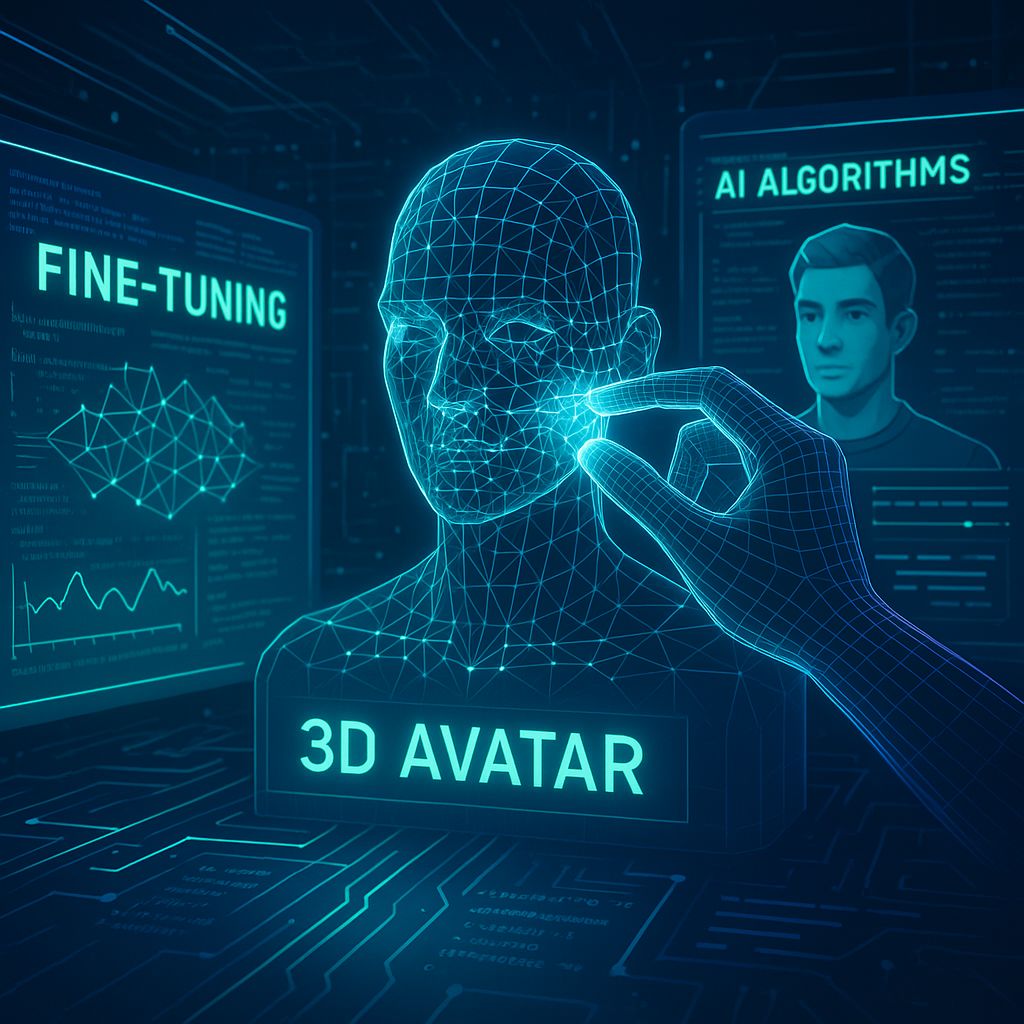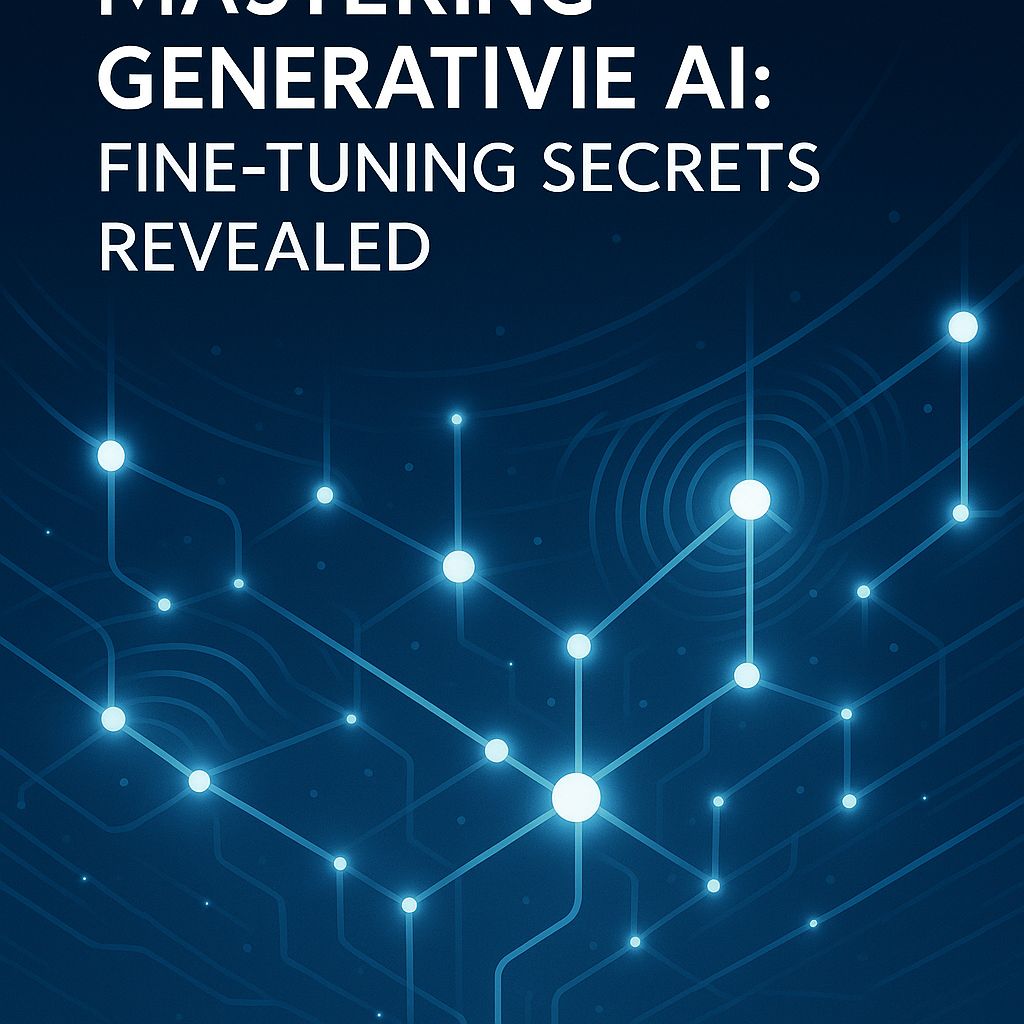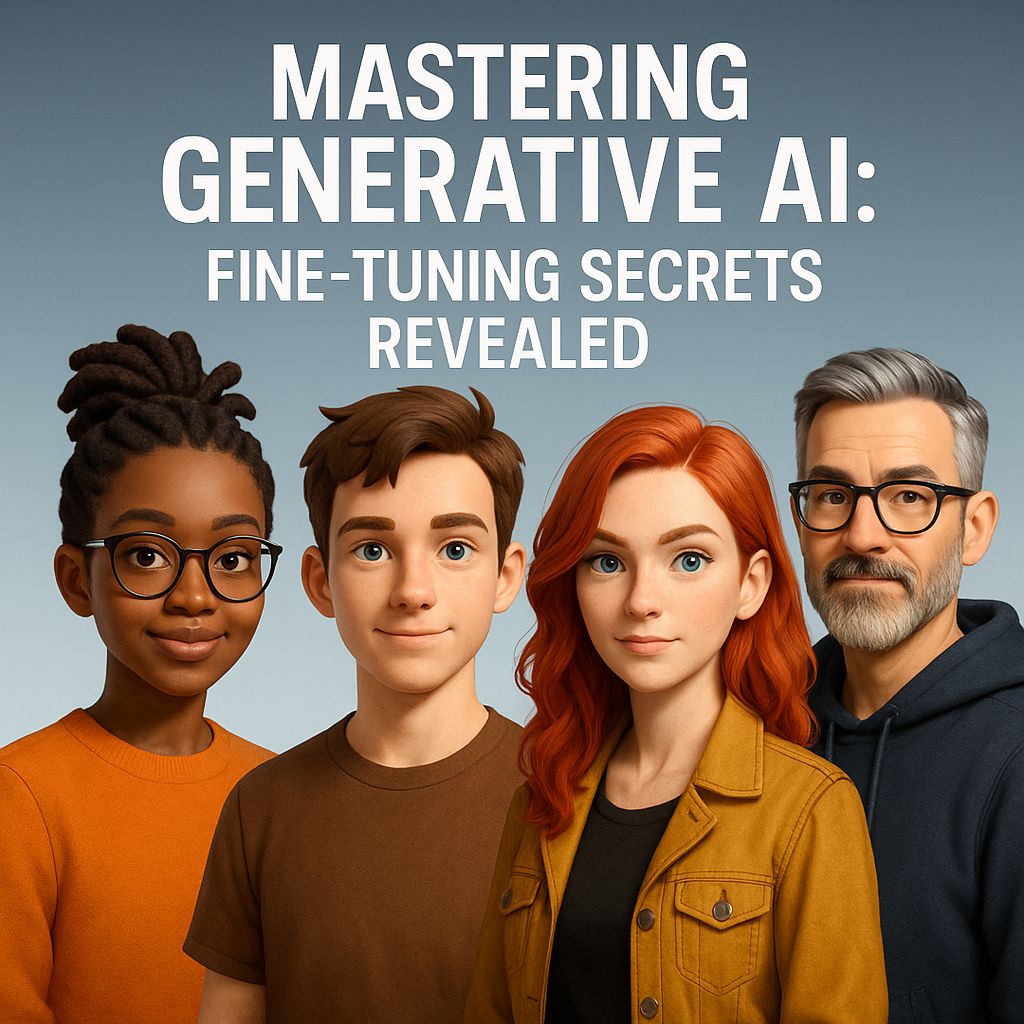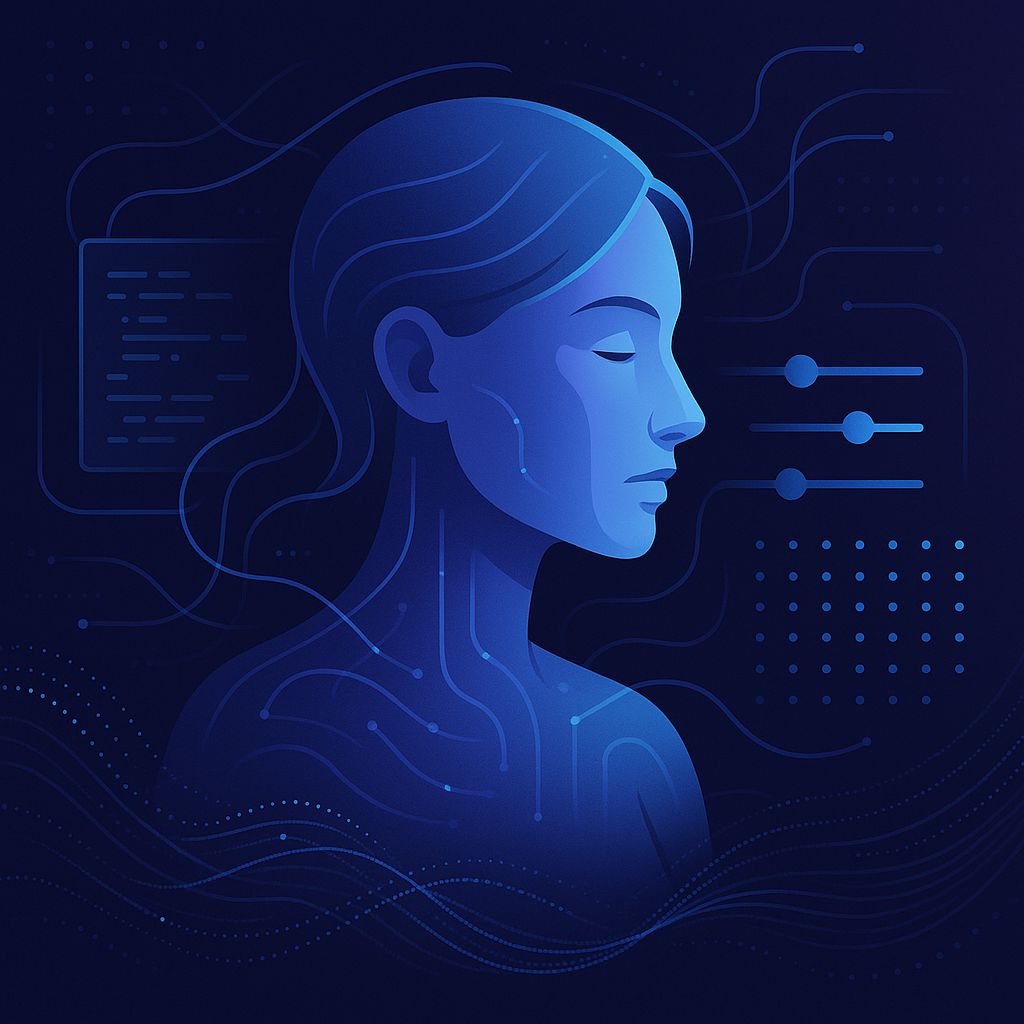Summary: Fine-tuning generative AI models is an exciting frontier in technology, offering the ability to customize powerful AI systems to meet specific needs. This process can be likened to tailoring a pre-made suit to fit perfectly, enhancing the AI’s capabilities for specialized tasks. One of the most compelling applications is in creating highly personalized 3D avatars. By fine-tuning AI, developers can generate avatars that reflect unique styles, specific features, and even emotions, opening up a world of personalization for digital identities and applications. The discussion highlights efficiency techniques such as LoRa and tools like Azure that streamline the fine-tuning process, making it more accessible and less daunting. As the potential for creating next-level avatars becomes more tangible, the possibilities for personalization are endless. This exploration encourages readers to consider what characteristics and artistic styles they would prioritize in their ideal 3D avatars, inviting them to delve deeper into the transformative world of generative AI.

Welcome to the world of fine-tuning generative AI models—an exciting frontier in technology that offers the remarkable ability to customize powerful AI systems to meet specific needs. Imagine tailoring a pre-made suit to fit perfectly; that’s what fine-tuning does for AI, enhancing its capabilities for specialized tasks. In this blog post, we’ll delve into this process, focusing on one of the most compelling applications: creating highly personalized 3D avatars. We’ll explore efficiency techniques such as LoRa and tools like Azure that streamline the fine-tuning process, making it more accessible and less daunting. Let’s dive in!
Understanding Fine-Tuning: Tailoring AI Models
Fine-tuning AI models can be likened to giving extra schooling to an already well-educated individual. You start with a base model, much like a pre-made suit, which is good but perhaps not a perfect fit. Fine-tuning involves making specific adjustments based on your data to ensure that the model performs optimally for a particular job.
“Fine-tuning is like tailoring a suit for a perfect fit, optimizing AI models for specialized tasks.”
While prompt engineering—crafting specific instructions for AI models—is beneficial, fine-tuning goes deeper. It involves actual training, showing the model numerous examples focused on a single task, which changes the model’s internal wiring, leading to improved performance for specific tasks.
- Higher quality results for specific tasks
- Ability to train on more data than prompts allow
- Potentially lower latency and faster responses
- Cost savings through reduced token usage
Efficiency Techniques: Introducing LoRa
One of the challenges in fine-tuning is the massive computational power required, as AI models often have billions of parameters. This is where LoRa (Low-Rank Adaptation) comes into play. LoRa focuses on a strategically chosen subset of parameters, drastically reducing the resources needed for fine-tuning.
By adding small, low-rank matrices alongside the original weights and only training those, LoRa makes fine-tuning faster and cheaper, democratizing AI customization. This efficiency opens the door for developers with limited resources to engage in AI fine-tuning.

Tools and Platforms: Azure OpenAI Service
For those eager to dive into fine-tuning, platforms like Azure OpenAI Service offer a user-friendly interface. Azure supports fine-tuning for several models, including GPT-35 Turbo and GPT-4 Holo, allowing developers to continuously refine their models as they gather more data or refine their needs.
The process on Azure involves:
- Preparing your data in JSON lines format, following a conversational format.
- Selecting a base model, uploading data files, and adjusting training settings.
- Monitoring training progress and reviewing checkpoints for performance.
- Deploying the fine-tuned model through Azure AI Playground or REST API.
Azure simplifies the fine-tuning journey, providing tools to handle large datasets and monitor the training process effectively.
Specialized Applications: Creating Personalized 3D Avatars
The potential for fine-tuning extends into specialized applications like creating 3D avatars. With models like GPT-4.0 capable of understanding images and text, fine-tuning becomes a game-changer for generating avatars that reflect unique styles, features, and even emotions.
For avatar creation, fine-tuning can enhance:
- Style recognition: Identify specific avatar styles like cyberpunk or anime.
- Object detection: Recognize specific features such as clothing or facial expressions.
- Image captioning: Generate detailed descriptions for variations or feeding into other systems.

By fine-tuning models with vast datasets of avatar images and descriptions, developers can achieve higher quality and more consistent outputs, potentially using simpler prompts and achieving lower latency.
Summary
Fine-tuning generative AI is a powerful technique for customizing AI models, particularly in creating highly personalized 3D avatars. By leveraging efficiency techniques like LoRa and platforms like Azure OpenAI, developers can tailor AI systems to their specific needs without the daunting computational demands. As the potential for creating unique digital personas grows, we encourage you to consider what characteristics and artistic styles you would prioritize in your ideal 3D avatar. Dive into the resources mentioned and explore the transformative world of generative AI.


Leave a Reply